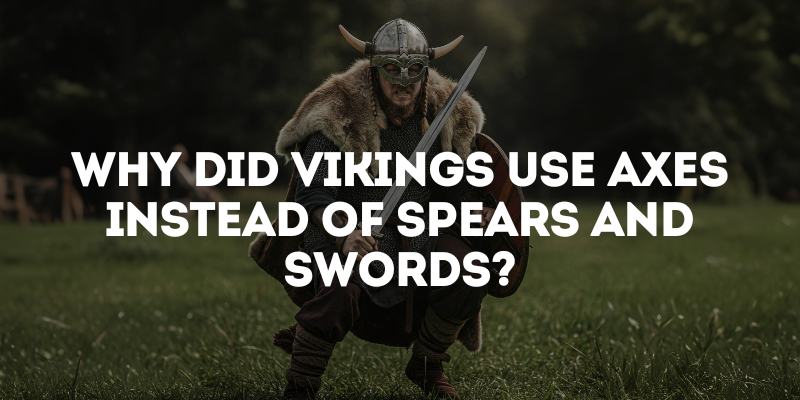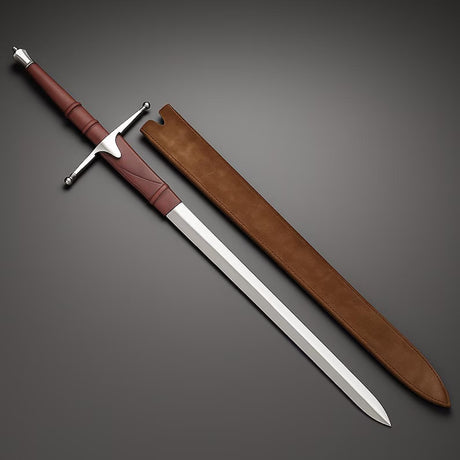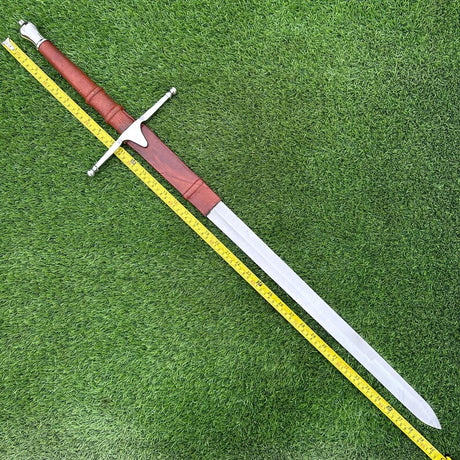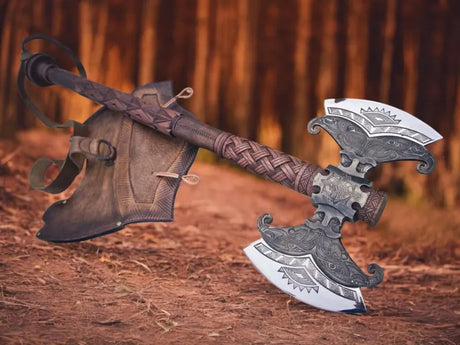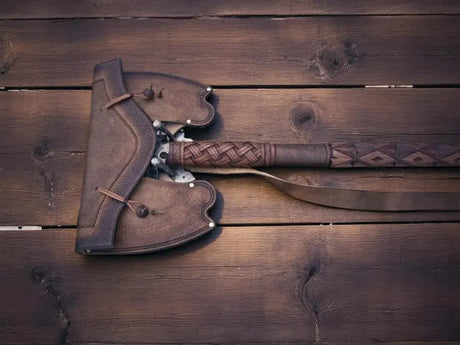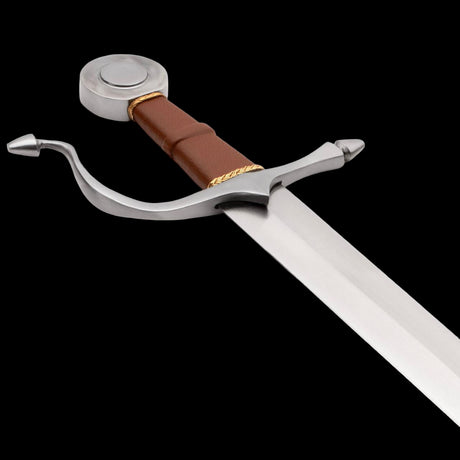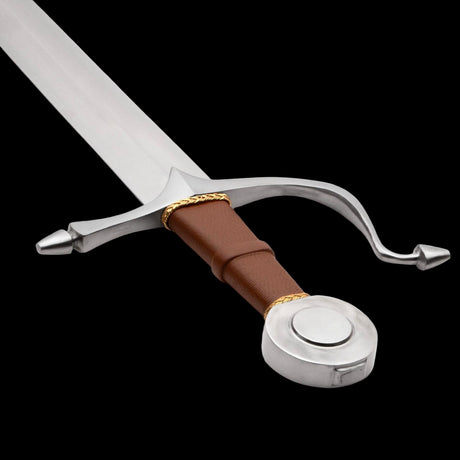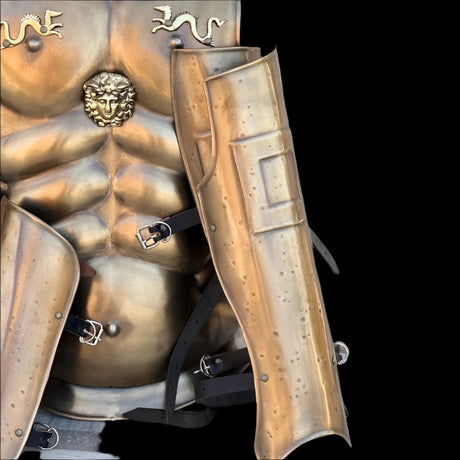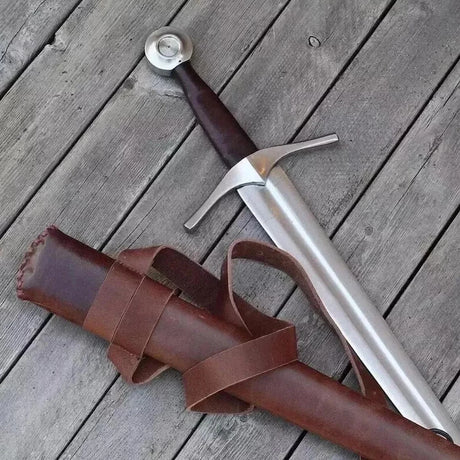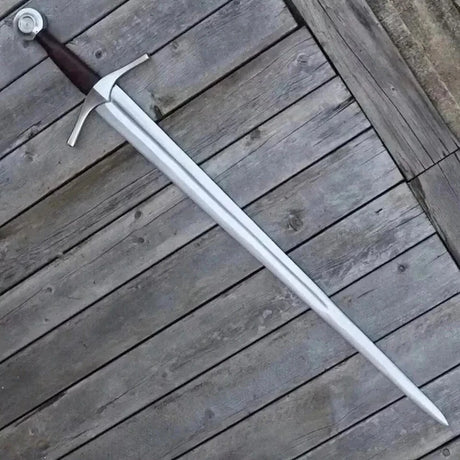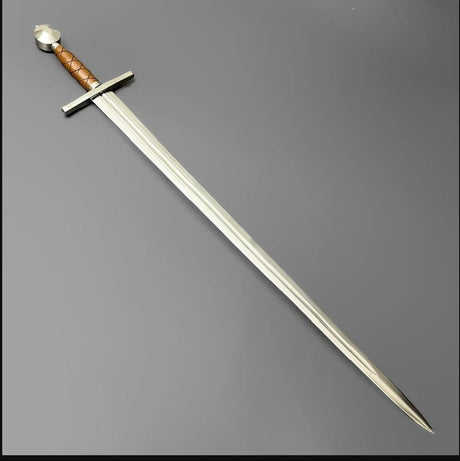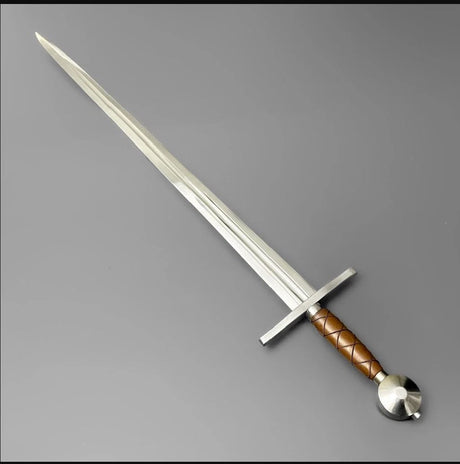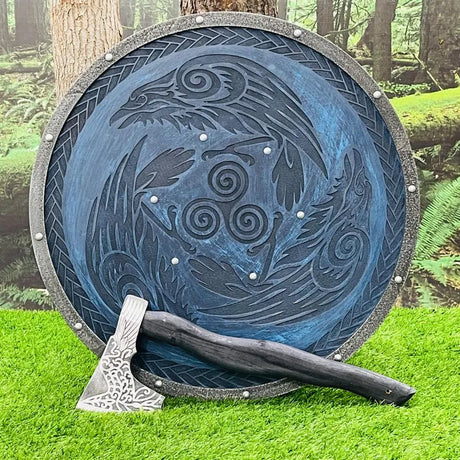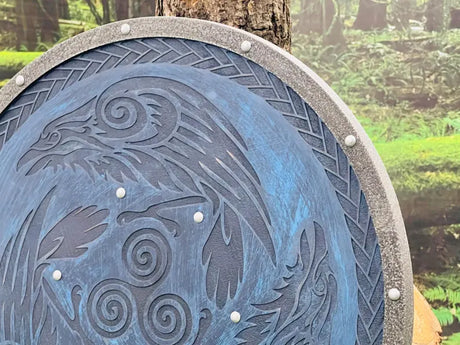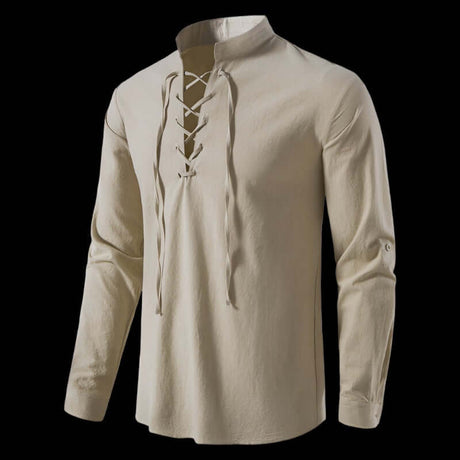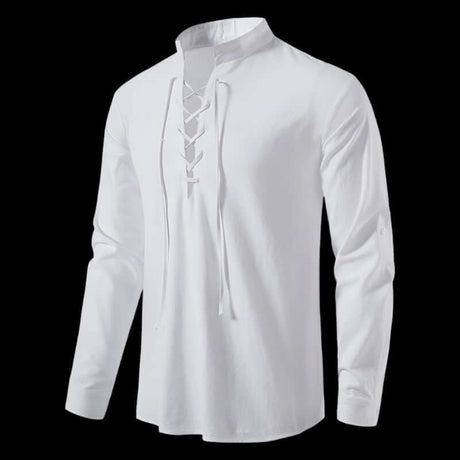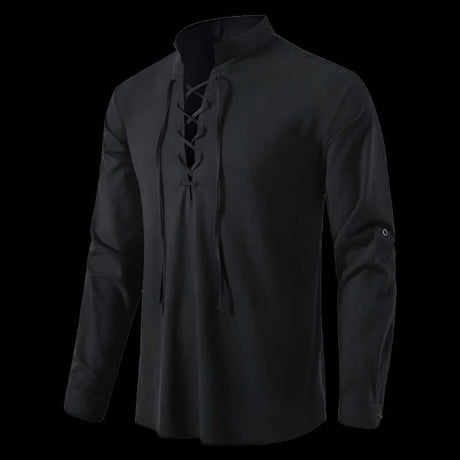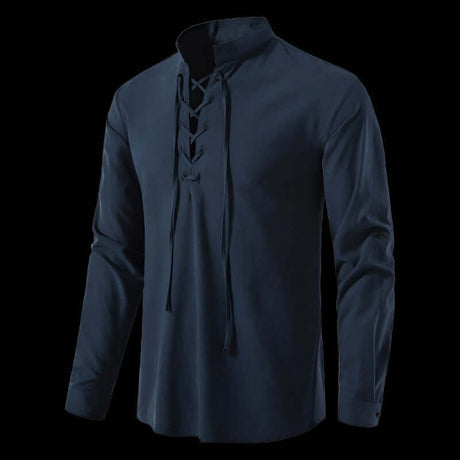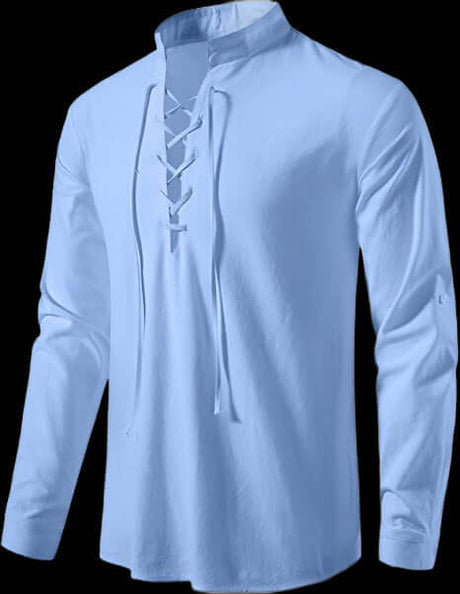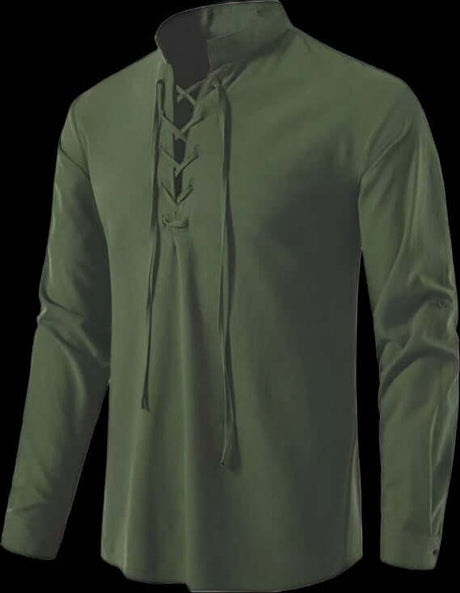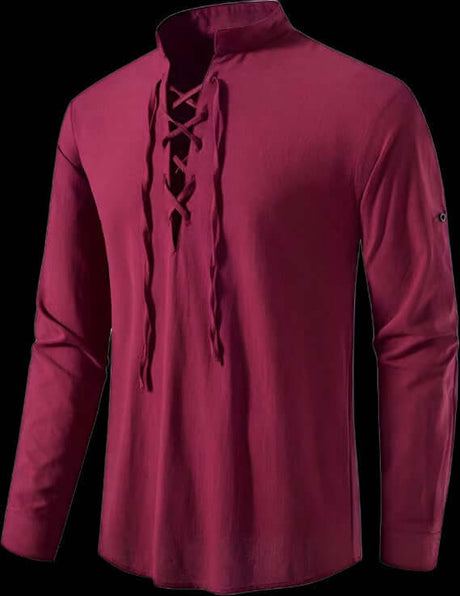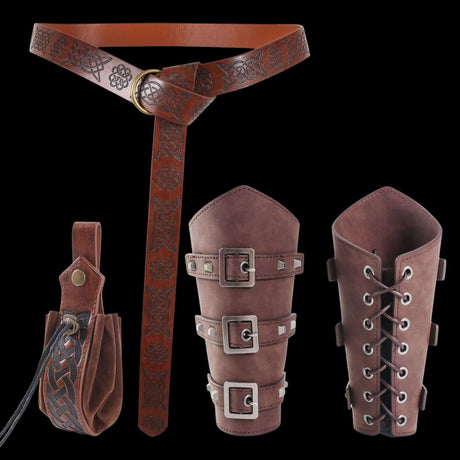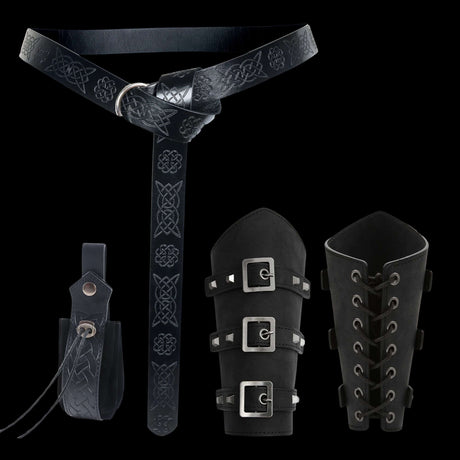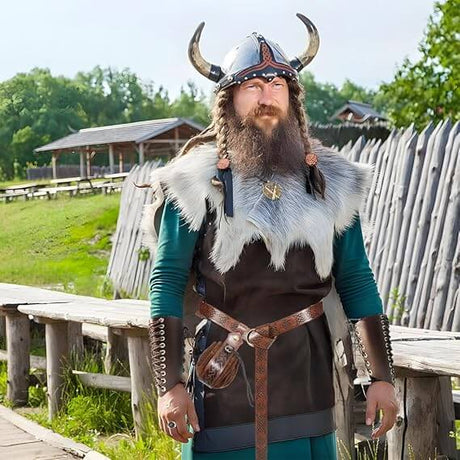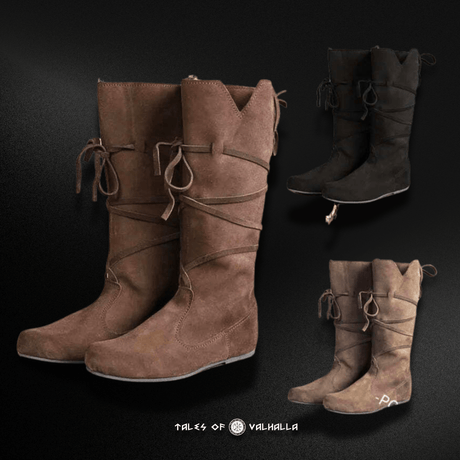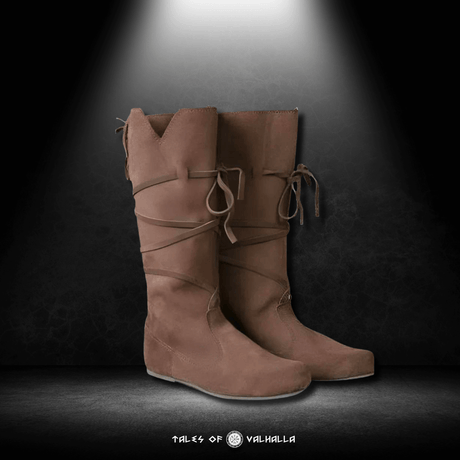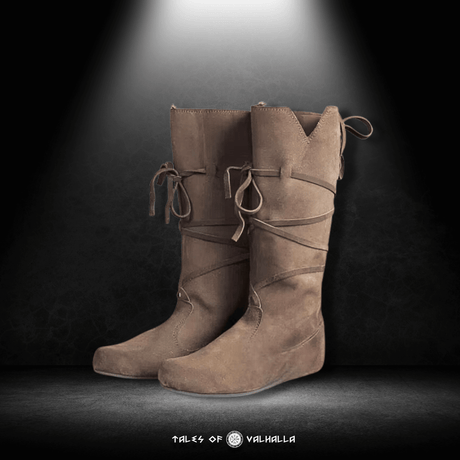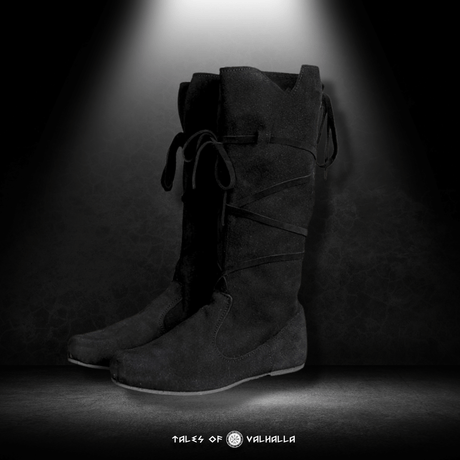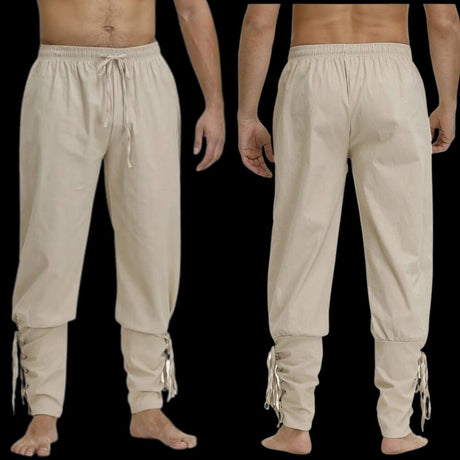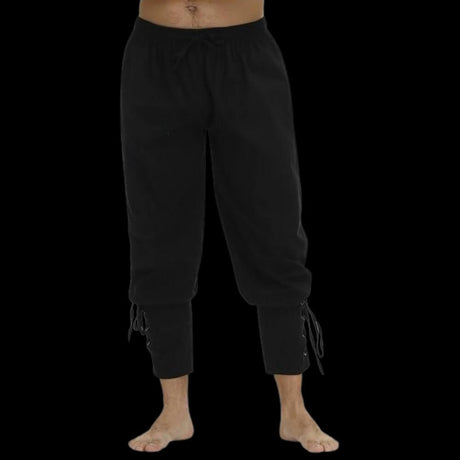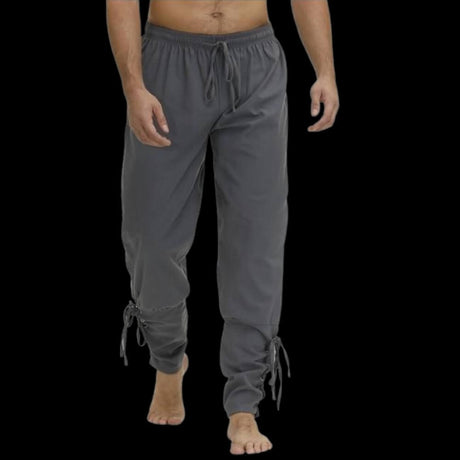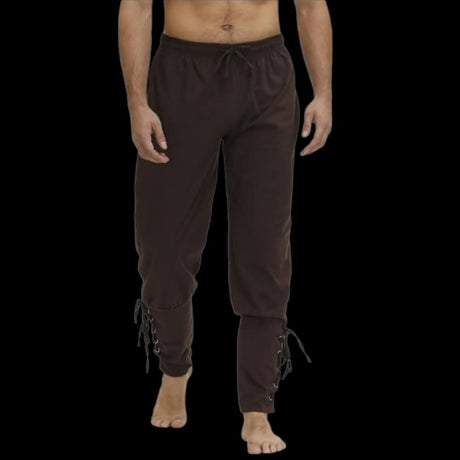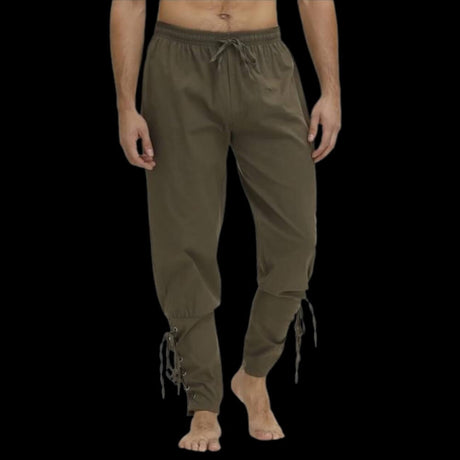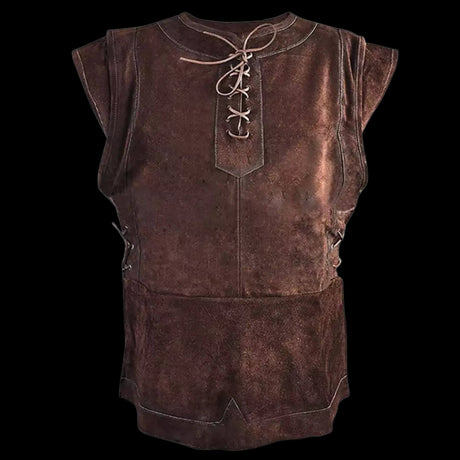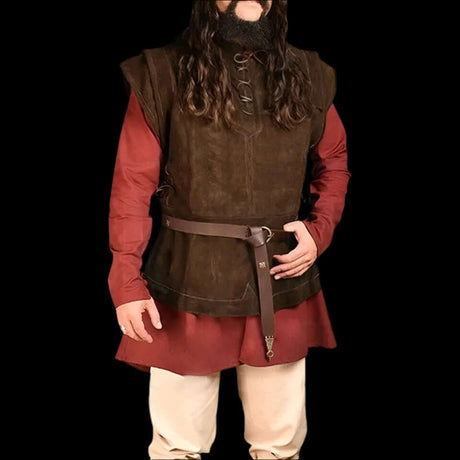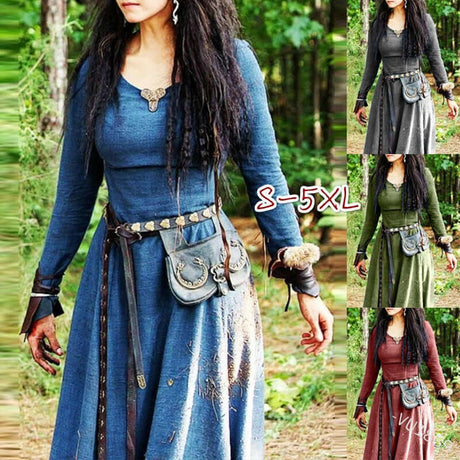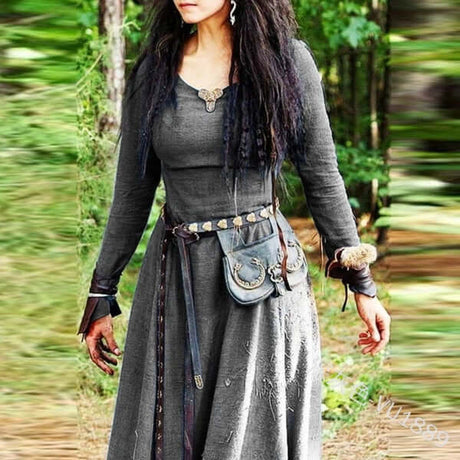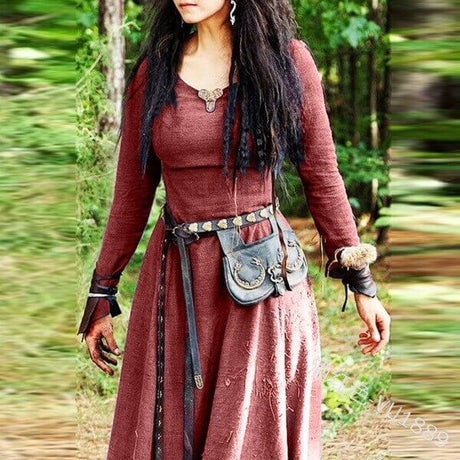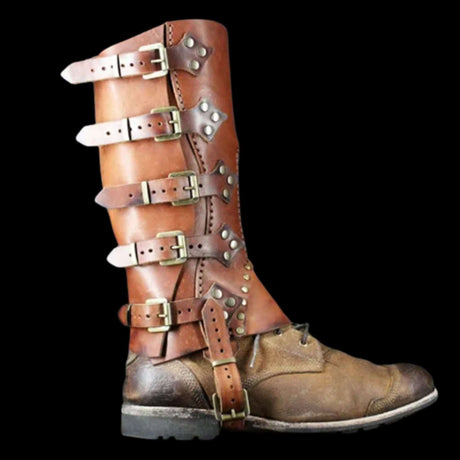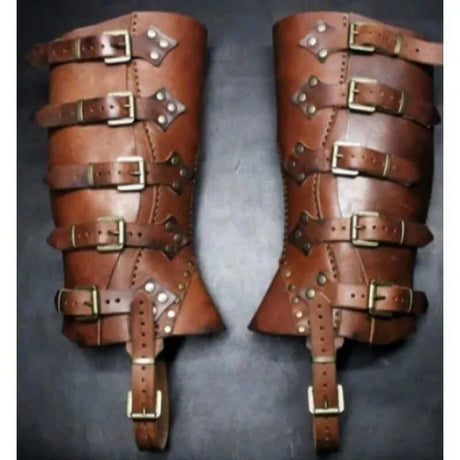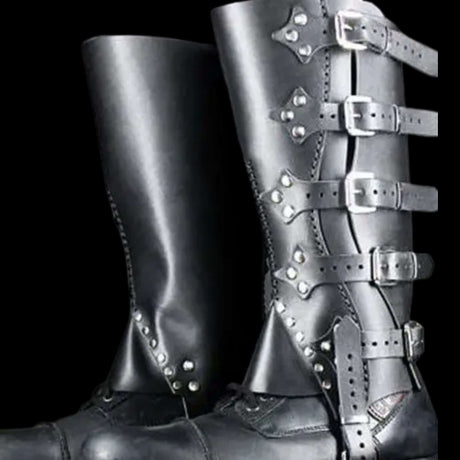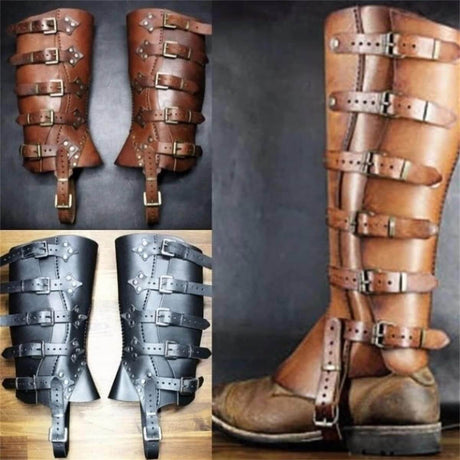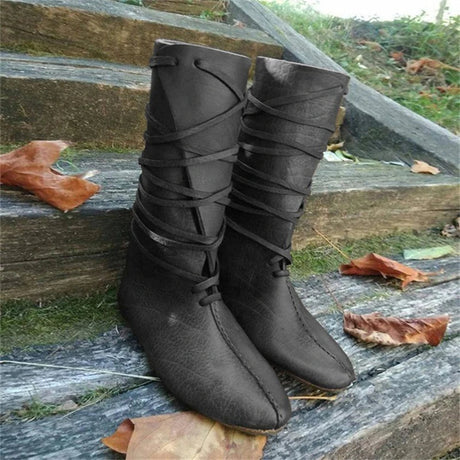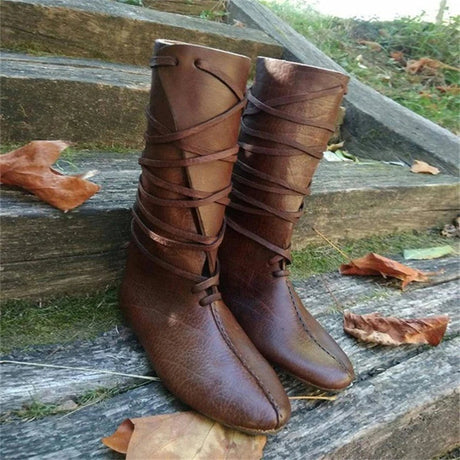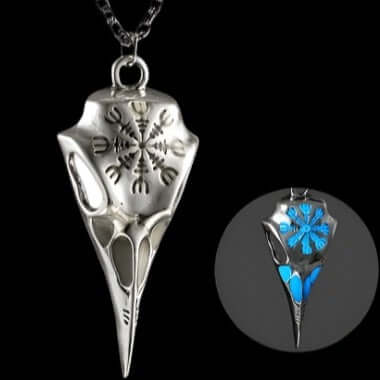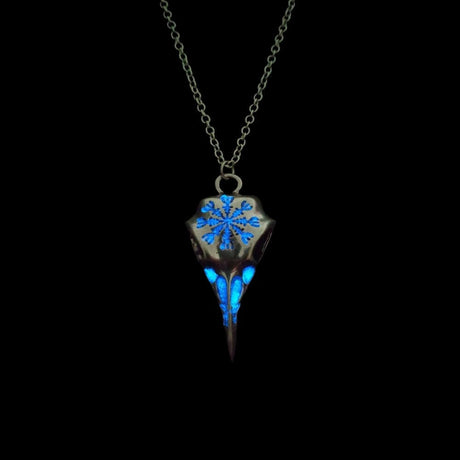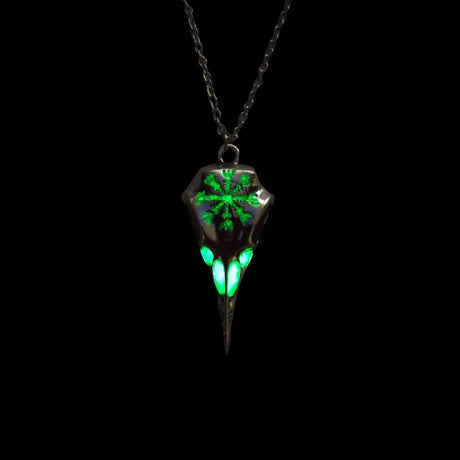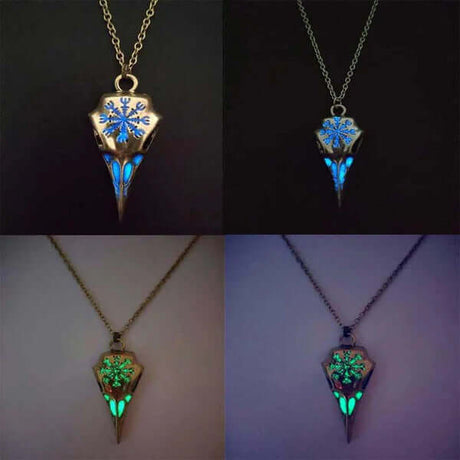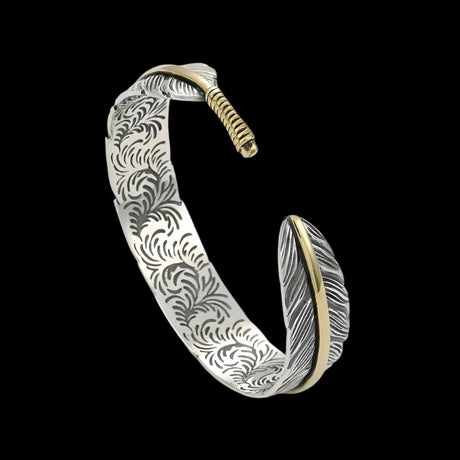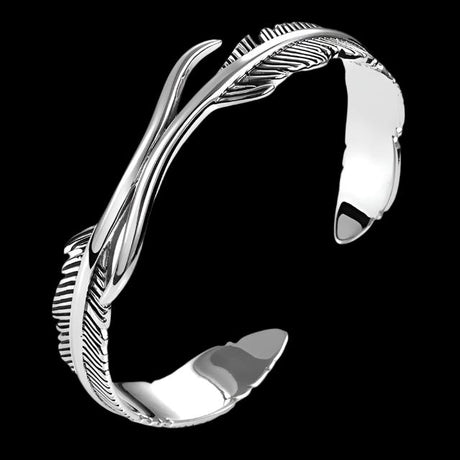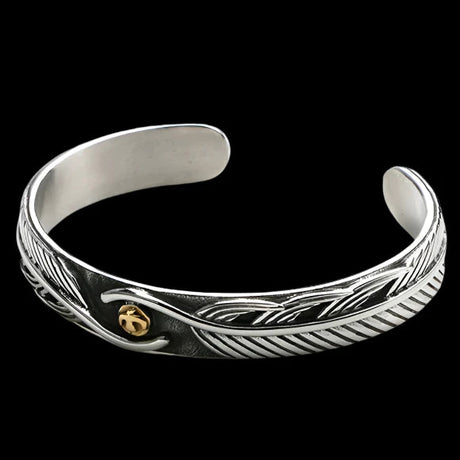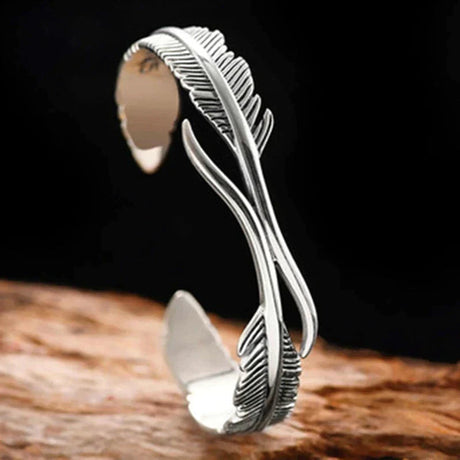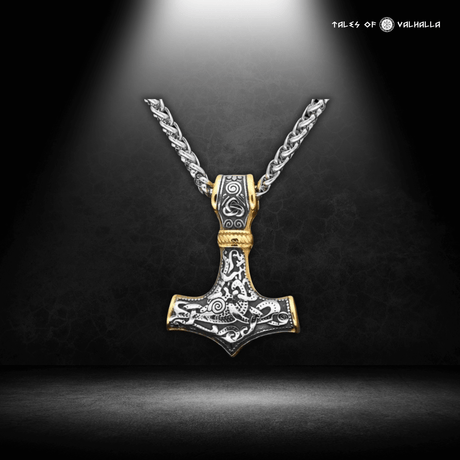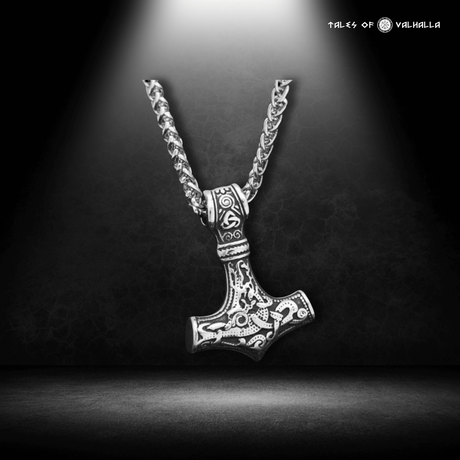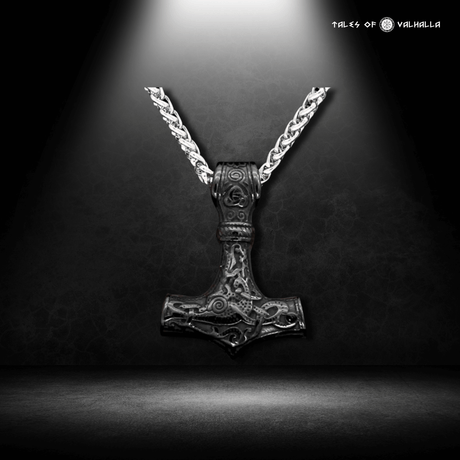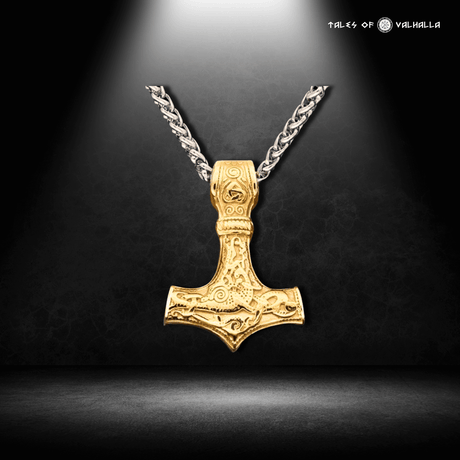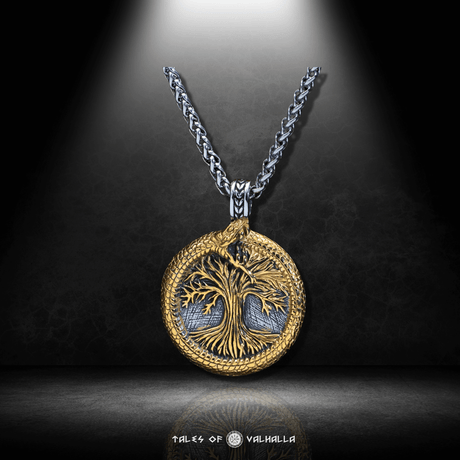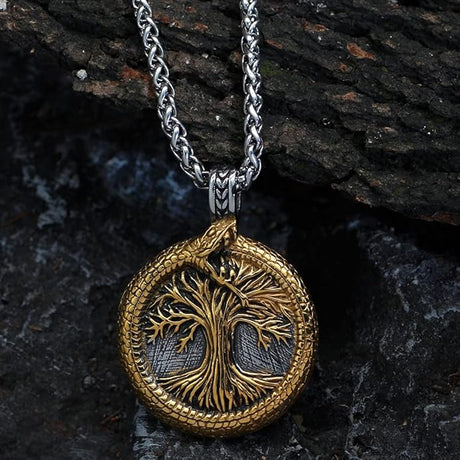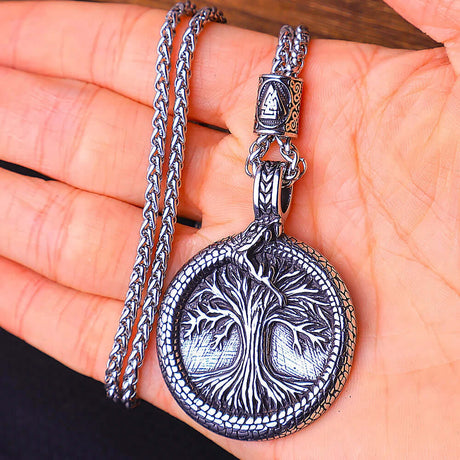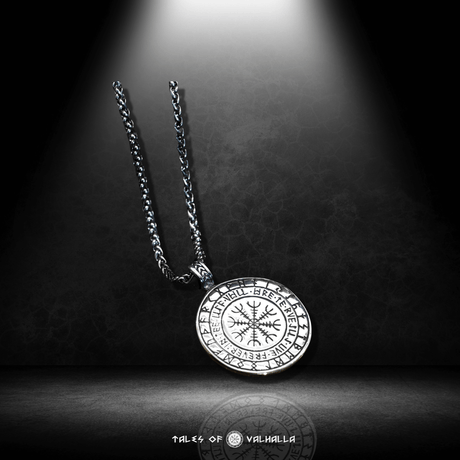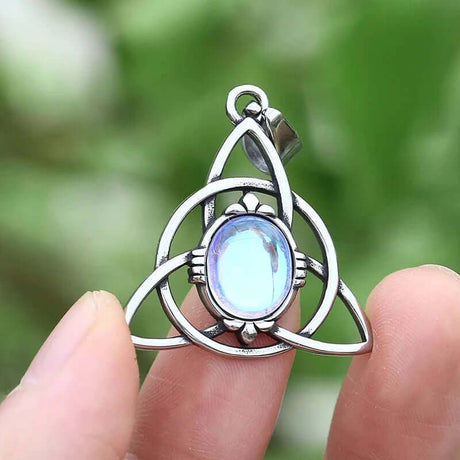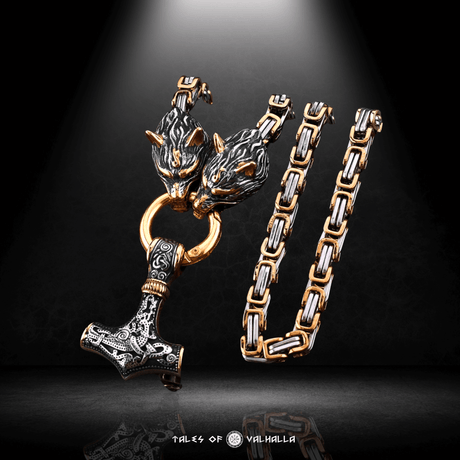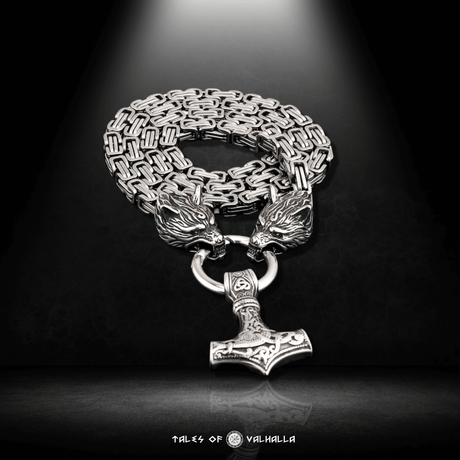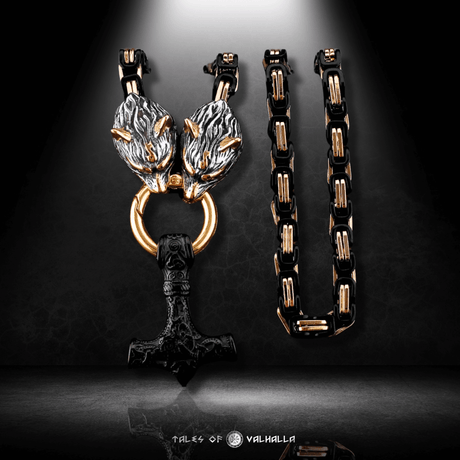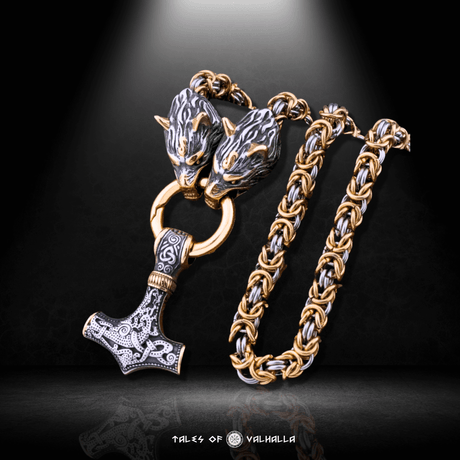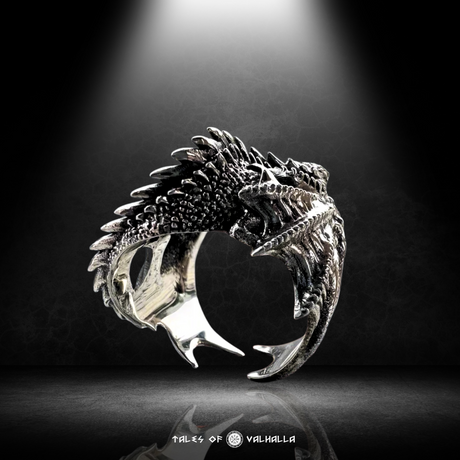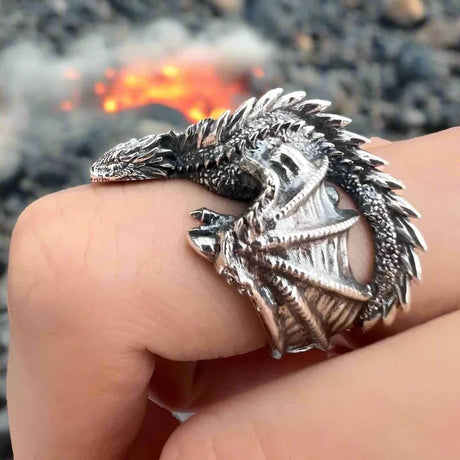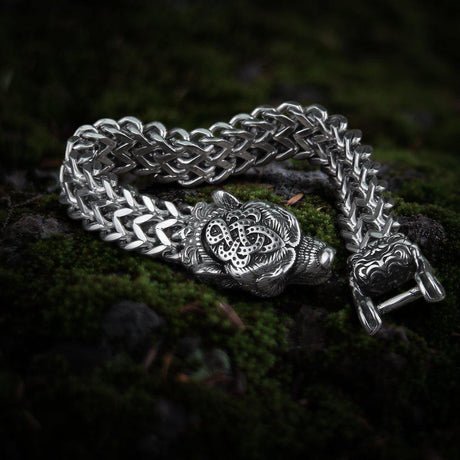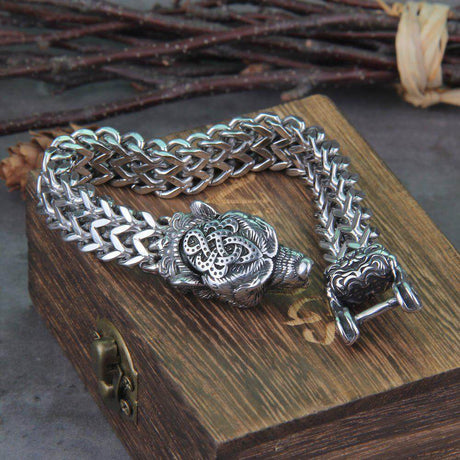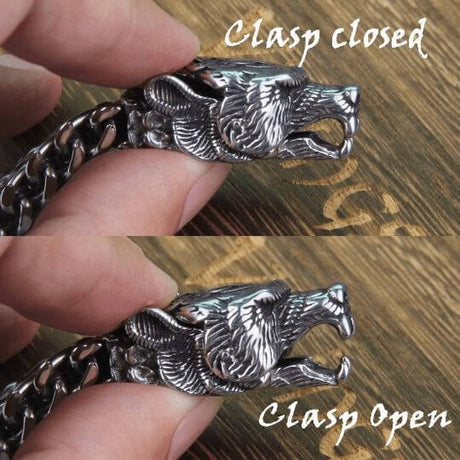The Viking sword – an iconic symbol of the Viking Age, a weapon of legend, and a tool that shaped the course of history. We picture fierce Norse warriors wielding these blades in battle, cleaving through shields and armor with seemingly effortless power. But how much did these legendary weapons actually weigh? Were they the heavy, unwieldy behemoths often depicted in movies, or something more refined?
The answer, as with many things related to the Viking Age, is more complex than you might think. The weight of a Viking sword was a crucial factor in its design, its effectiveness, and its role in Viking society. It wasn't just about brute strength; it was about balance, speed, and the skillful wielding of a weapon that was both a tool of war and a symbol of status. This blog post will delve into the details of Viking sword weight, exploring the factors that influenced it, the different types of swords, and how their weight impacted their use.
Why Weight Matters: More Than Just Muscle
The weight of a Viking sword wasn't arbitrary. It was a carefully considered aspect of its design, directly impacting its handling, effectiveness, and even its social significance.
Balance and Maneuverability: A Deadly Dance
A well-balanced sword is crucial for effective combat. It allows for quick, fluid movements, enabling the wielder to strike, parry, and recover with speed and precision.

Balance and Maneuverability: A Deadly Dance
- Center of Balance: The balance point of a Viking sword was typically located a few inches from the hilt, towards the blade. This allowed for greater control and maneuverability. A sword that was too blade-heavy would be cumbersome and slow, while a sword that was too hilt-heavy would lack striking power.
- Weight Distribution: The distribution of weight along the length of the blade also affected its handling characteristics. Viking swordsmiths were skilled at manipulating the weight distribution to achieve the desired balance and feel.
Striking Power: Force and Momentum
The weight of a Viking sword, combined with the speed and technique of the wielder, determined its striking power.
- Kinetic Energy: The heavier the sword, the more kinetic energy it could deliver upon impact (all else being equal). However, a heavier sword also requires more strength to wield effectively.
- Cutting vs. Thrusting: The weight distribution of a Viking sword also influenced its effectiveness for different types of attacks. Swords designed primarily for cutting often had a broader blade with more weight towards the tip, maximizing the force of a slashing blow. Swords designed for thrusting might have a more even weight distribution, allowing for quicker, more precise movements.
Endurance: The Long Haul of Battle
The weight of a Viking sword also had a significant impact on the wielder's endurance.
- Fatigue Factor: Wielding a heavy sword for an extended period could be incredibly tiring, especially in the heat of battle. A lighter, well-balanced sword allowed a warrior to fight for longer without becoming exhausted.
- Shield Use: Vikings often fought with a sword and shield, and the combined weight of both weapons had to be manageable. The shield itself could weigh several pounds, so the sword needed to be light enough to wield effectively in one hand.
Social Status: The Weight of Wealth
In Viking society, the quality and craftsmanship of a weapon often reflected the owner's wealth and status.
- Material Costs: High-quality steel was more expensive than simple iron, and swords, in general, required more metal than axes or spearheads. A heavier sword, particularly one with elaborate decorations, would have been a significant investment.
- Craftsmanship: Creating a well-balanced, finely crafted Viking sword required the skills of an experienced blacksmith. The time and expertise involved in forging such a weapon added to its cost and prestige.
The Numbers: How Much Did Viking Swords Actually Weigh?
So, what are we talking about in terms of actual weight? Let's look at the evidence from archaeological finds and historical research.
The Average Range: Surprisingly Light
Contrary to popular depictions, the average Viking sword was not a massive, unwieldy weapon. Most surviving examples fall within a surprisingly light range:
- Average Weight: Between 2 and 3 pounds (approximately 0.9 to 1.4 kilograms). This is comparable to many modern swords, and significantly lighter than many people expect.
- Range: Some Viking swords could be slightly lighter (around 1.5 pounds), while others, particularly larger examples, might reach up to 4 pounds, but these were less common.

The Average Range: Surprisingly Light
Factors Influencing Weight:
- Blade Length: Longer blades naturally added weight. Viking sword blades typically ranged from 28 to 35 inches (70 to 90 cm).
- Blade Width and Thickness: Broader and thicker blades were heavier than narrower and thinner ones.
- Hilt Materials: The materials used for the hilt (wood, bone, antler, metal) also contributed to the overall weight.
- Type of Sword: Different types of Viking swords had different weight characteristics, depending on their intended use.
A Table of Examples: Archaeological Finds
| Sword Type/Find Location | Blade Length (approx.) | Total Weight (approx.) | Notes |
|---|---|---|---|
| Petersen Type H (Norway) | 30 inches (76 cm) | 2.2 pounds (1 kg) | A common type, known for its balance and versatility. |
| Petersen Type X (Various) | 33 inches (84 cm) | 2.6 pounds (1.2 kg) | Often slightly longer and heavier than Type H, with a more pronounced fuller. |
| Ulfberht Sword (Various) | 30-35 inches (76-89 cm) | 2.0 - 2.9 pounds (0.9 - 1.3 kg) | High-quality swords with the inscription "+ULFBERH+T," known for their superior steel and craftsmanship. |
| Sword from Langeid (Norway) | 35 inches (89 cm) | 2.9 pounds (1.3 kg) | An exceptionally well-preserved sword with elaborate hilt decorations, indicating high status. |
| Sword from Suontaka (Finland) | 31 inches (79 cm) | 2.4 lbs (1.1 kg) | Buried with a woman, originally belived to be male, showing women also had access to swords |
Important Note: These are just a few examples, and there was considerable variation in Viking sword weights. The table illustrates the general range and highlights some specific finds. It's also crucial to remember that many surviving swords have suffered from corrosion, which can affect their weight.
Types of Viking Swords: A Closer Look at Design and Function
The weight of a Viking sword was closely tied to its type and intended use. Let's examine some of the most common types:
The Petersen Typology: A System for Classification
Jan Petersen, a Norwegian archaeologist, developed a widely used typology for classifying Viking swords in his 1919 book, "De Norske Vikingesverd" ("The Norwegian Viking Swords"). He categorized swords primarily based on the shape of their hilts (particularly the pommel and guard). While the Petersen typology doesn't directly address weight, it provides a framework for understanding the different styles of Viking swords.
- Type H: One of the most common types, featuring a simple, robust hilt with a straight or slightly curved guard. These swords were generally well-balanced and versatile.
- Type X: Often characterized by a longer and slightly heavier blade than Type H, with a more pronounced fuller (the groove running down the length of the blade).
- Type K: Features a distinctive, lobed pommel, often with intricate decorations.
- Many Other Types: Petersen identified dozens of different types and subtypes based on details of their hilt.
Ulfberht Swords: The "Super Swords" of the Viking Age
Ulfberht swords are a group of exceptionally high-quality Viking swords bearing the inscription "+ULFBERH+T" on their blades. They are renowned for their superior steel and craftsmanship.
- Exceptional Steel: Analysis of Ulfberht swords has revealed that they were made from a type of crucible steel with a remarkably high carbon content, making them stronger and more flexible than many other swords of the time. This was a significant technological achievement.
- Mystery of Origin: The exact origin of the Ulfberht swords and the meaning of the inscription remain a mystery. Some theories suggest they were made in the Frankish Empire (modern-day Germany and France) and traded to the Vikings.
- High Status: Due to their exceptional quality, Ulfberht swords were likely very expensive and owned only by the wealthiest and most elite warriors. They were highly prized possessions.

Ulfberht Swords: The "Super Swords" of the Viking Age
The one hand sword Vs. the two-handed sword
Vikings did not have two-handed swords. The two-handed sword is most famously used by the Scottish, as it provided great strength in battle. Viking swords were made to be used with one hand, as their other hand was often used to hold a shield.
The Viking Warrior: Strength, Skill, and Stamina
The relatively light weight of the average Viking sword might seem surprising, given the image of the powerful Viking warrior. However, it's important to remember that Viking combat was not just about brute strength; it also required skill, agility, and stamina.
The Importance of Technique
Wielding a Viking sword effectively required proper training and technique.
- Cutting and Thrusting: Viking swords were designed for both cutting and thrusting attacks. Warriors would have been trained in various techniques to maximize their effectiveness.
- Footwork and Balance: Agility and footwork were crucial for maneuvering in close combat and avoiding enemy blows.
- Shield Use: The sword was often used in conjunction with a shield, which provided protection and could also be used offensively to bash or push opponents.
Strength and Endurance: The Demands of Battle
While brute strength wasn't the only factor, Viking warriors undoubtedly needed to be strong and have good stamina.
- Physical Labor: The daily lives of Vikings, whether farming, fishing, or building, involved significant physical labor, which would have contributed to their overall strength and fitness.
- Training and Practice: Warriors would have trained regularly with their weapons, honing their skills and building their endurance.
- The Shield Wall: Fighting in a shield wall, a tightly packed formation, required considerable strength and stamina, as warriors had to hold their shields in place and withstand the pressure of the enemy.
The Myth of the "Superhuman" Viking
It's important to avoid romanticizing the physical capabilities of Viking warriors. They were undoubtedly strong and skilled, but they were still human. The effectiveness of a Viking sword depended as much on the skill of the wielder as on the weapon itself.
Modern Replicas and the Quest for Authenticity
Today, there's a thriving market for replica Viking swords, ranging from inexpensive wall-hangers to high-quality, battle-ready reproductions.
Factors to Consider When Buying a Replica
- Purpose: Are you looking for a decorative piece, a costume prop, or a functional sword for reenactment or cutting practice?
- Materials: Look for swords made from high-carbon steel, which is the most historically accurate and durable material for blades.
- Construction: Examine the sword carefully for quality of construction. The blade should be well-balanced, the hilt should be securely attached, and the overall craftsmanship should be of a high standard.
- Weight and Balance: Consider the weight and balance of the sword. A well-balanced sword will feel comfortable and responsive in your hand.
- Reputation of the Maker: Buy from reputable makers or retailers who specialize in historical reproductions.
The Debate on "Battle-Ready"
The term "battle-ready" is often used to describe replica swords, but it's important to understand what this means (and doesn't mean).
- Not for Actual Combat: Even a "battle-ready" replica sword is not intended for actual combat against another person with a weapon. This is extremely dangerous and could result in serious injury or death.
- Suitable for Reenactment: "Battle-ready" typically means that the sword is made from durable materials and is constructed in a way that can withstand the stresses of simulated combat, such as striking against wooden targets or padded shields.
- Cutting Practice: Some "battle-ready" swords are also suitable for cutting practice against appropriate targets, such as tatami mats or water-filled bottles. However, it's crucial to use proper safety precautions and to receive proper training before attempting to cut with any sword.
Conclusion: The Weight of History in Your Hand
The question "How heavy was a Viking sword?" leads us on a journey through Viking history, technology, and culture. The weight of a Viking sword was a crucial factor in its design and effectiveness, reflecting a balance between power, maneuverability, and the practical realities of Viking life. While the image of a massive, impossibly heavy sword might persist in popular culture, the reality is that Viking swords were, on average, surprisingly light, well-balanced, and expertly crafted tools and weapons.
Today, holding a well-made replica Viking sword allows us to connect with that history in a tangible way. It's a reminder of the skill of Viking blacksmiths, the courage of Norse warriors, and the enduring legacy of a fascinating and influential culture. The weight you feel in your hand is not just the weight of the steel, but the weight of history itself. It's a connection to a past that continues to shape our present, and a symbol of the enduring human fascination with the Viking Age.
FAQs
1. How heavy was a typical Viking sword?
The average Viking sword weighed between 2 and 3 pounds (roughly 0.9 to 1.4 kilograms). This is surprisingly light compared to many modern depictions, but it was ideal for the Viking style of combat, which emphasized speed and agility.
2. Were all Viking swords the same weight?
No. The weight of a Viking sword varied depending on its length, width, thickness, hilt materials, and overall design. Different types of swords had different weight characteristics.
3. Why weren't Viking swords heavier?
Viking warriors often fought with a sword and shield, so a lighter sword was easier to wield one-handed. A well-balanced sword, even at a lighter weight, could be incredibly effective when combined with proper technique. Heavier swords were more tiring to use, especially for extended periods.
4. What is an Ulfberht sword, and how heavy was it?
Ulfberht swords were a group of high-quality Viking swords known for their exceptional steel. Their weight was generally within the typical range of 2-3 pounds, but their superior materials and craftsmanship made them incredibly strong and flexible.
5. How does the weight of a Viking sword compare to other historical swords?
Viking swords were generally comparable in weight to many other single-handed swords from different cultures and time periods. They were lighter than later medieval two-handed swords, but within the normal range for one-handed swords designed for cutting and thrusting.
6. Does the weight of a replica Viking sword matter?
Yes! If you're buying a replica Viking sword, the weight and balance are important factors to consider. A well-balanced replica, close to the historical average weight, will feel more authentic and be more enjoyable to handle, whether for display, reenactment, or (safe) cutting practice.

